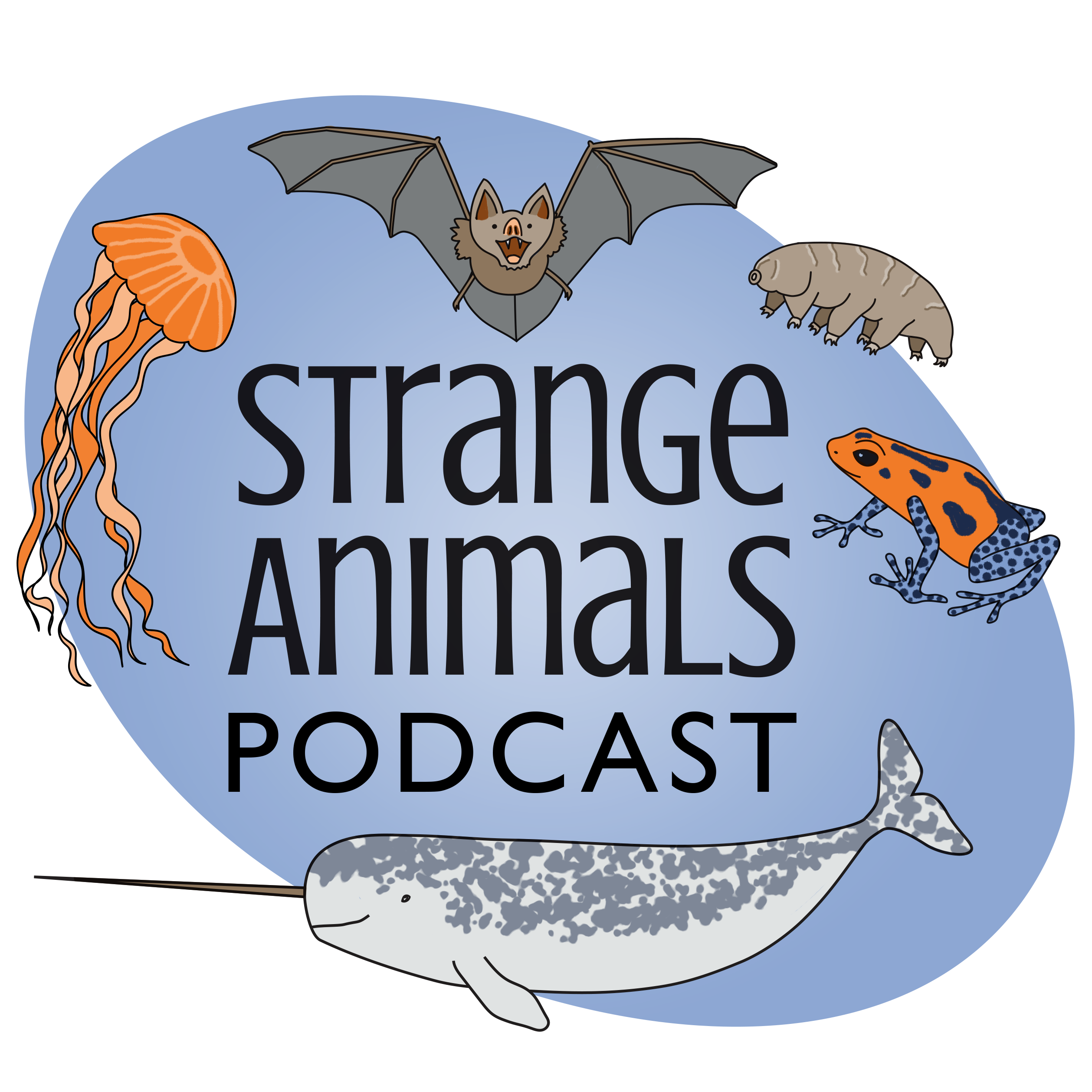Episode 221: Arachnids in the Antarctic!

Thanks to Ella for this week's suggestion. There may not\xa0technically be spiders in the Antarctic, but there are mites.\n\nA nunatak (note the size of the research vehicles at the bottom left):\n\n\n\nI don't have any pictures of the Antarctic mites, so here are some red velvet mites, although they're giants compared to their Antarctic cousins:\n\n\n\nShow transcript:\n\nWelcome to Strange Animals Podcast. I\u2019m your host, Kate Shaw.\n\nThis week we\u2019re going to have a short episode, because I get my second Covid-19 vaccine on the Thursday before this episode goes live and I want to have the episode all finished before then. That way if I feel bad afterwards I can rest. Thanks to Ella for this week\u2019s suggestion!\n\nBack in episode 90, about some mystery spiders, I mentioned that spiders live everywhere in the world except Antarctica. Well, guess what. Ella sent me some links about spiders that live in\u2026Antarctica!\n\nAntarctica is a landmass at the South Pole, specifically a continent about twice the size of Australia. It looks bigger than it really is because ice projects out from the land and is only supported by water, called an ice shelf. It\u2019s not a little bit of ice, either. It\u2019s over a mile thick, or nearly 2 km. The ice is called the Antarctic ice sheet and it covers 98% of the continent. The only places not covered in ice are some rock outcroppings and a few valleys, called dry valleys because they basically get no precipitation, not even snow and certainly not rain. Researchers estimate that it hasn\u2019t rained in these dry valleys in almost two million years. There are no plants, just gravel. There are no animals but some bacterial life that live inside rocks and under at least one glacier. Scientists have used these dry valleys to test equipment designed for Mars. This is not a hospitable land. Everything that lives in Antarctica is considered an extremophile.\n\nThat doesn\u2019t mean there\u2019s no life in Antarctica, though, just that it\u2019s only found in a few places, mostly along the coast or on nearby islands. Emperor penguins and Adelie penguins, several species of seal, and some sea birds live at least part of their lives in and around Antarctica, as do some whales. There are lichens, algae, and a few low-growing plants like liverwort and moss. And there are some invertebrates, although not very many and not large at all. The largest is a flightless midge that only grows 6 mm long. But what we\u2019re interested in today are mites found only in Antarctica.\n\nWe talked about mites in episode 186 when we learned about the red velvet mite. Mites are arachnids, although they\u2019re not technically spiders, but frankly we\u2019re just quibbling at this point. It has eight legs and is in the class Arachnida, so I say there are spiders in Antarctica. Or close enough.\n\nThere are 30 species of mite in Antarctica. They mostly live on islands throughout the Antarctic peninsula, which sticks out from one side of the continent like a tail pointing at the very tip of South America. All the mites eat moss, algae, and decomposing lichens. They\u2019re also teeny-tiny, less than a millimeter long.\n\nOne type of mite is found on the mainland of East Antarctica instead of just on islands. It\u2019s called Maudheimia and it only lives on big rock outcroppings that stick up through the ice. These rocks are called nunataks and are covered with lichens. But nunataks are far apart, sometimes hundreds of miles apart, and the mites are so tiny they\u2019re just about microscopic. How did they get from one nunatak to the next?\n\nTo find out, we have to learn some history about Antarctica. It hasn\u2019t always been at the South Pole. It was once part of the supercontinent Gondwana, and 500 million years ago it was right smack on the equator. You know, tropical. As the centuries passed and the continents continued their slow, constant dance around the Earth, Gondwana drifted southward and broke apart. Antarctica was still connected to Australia on one side and South America on th...